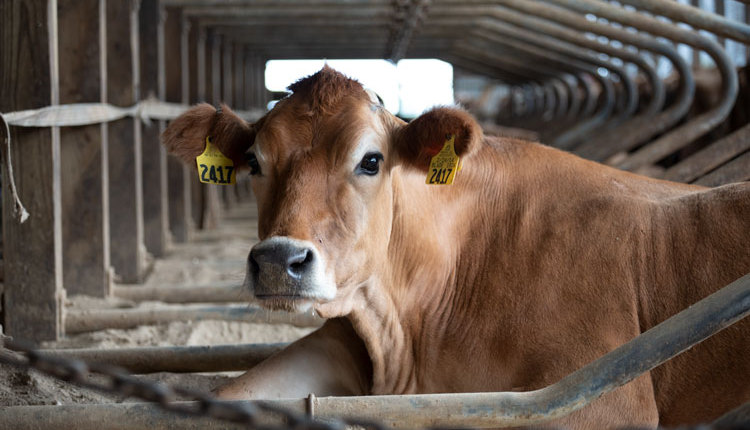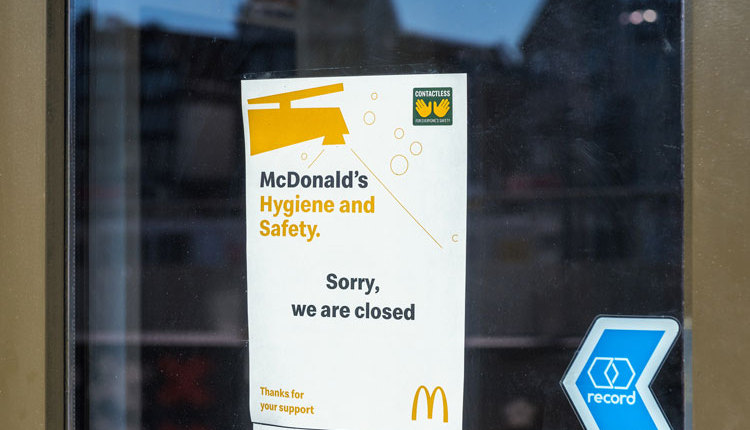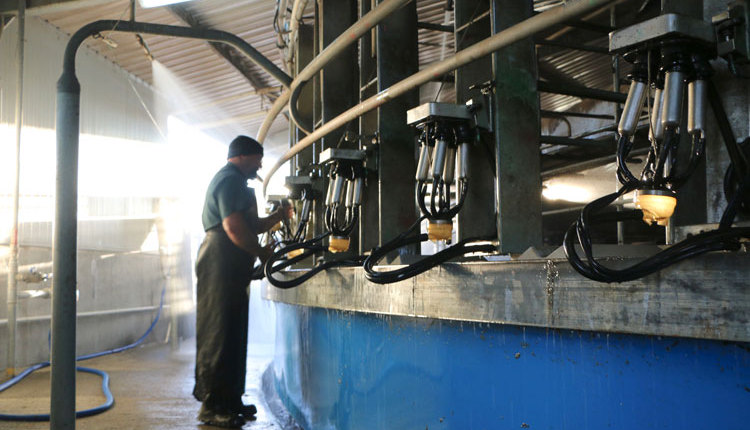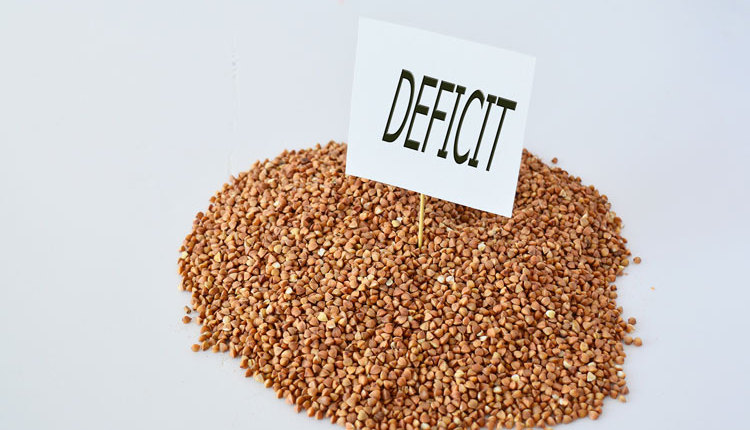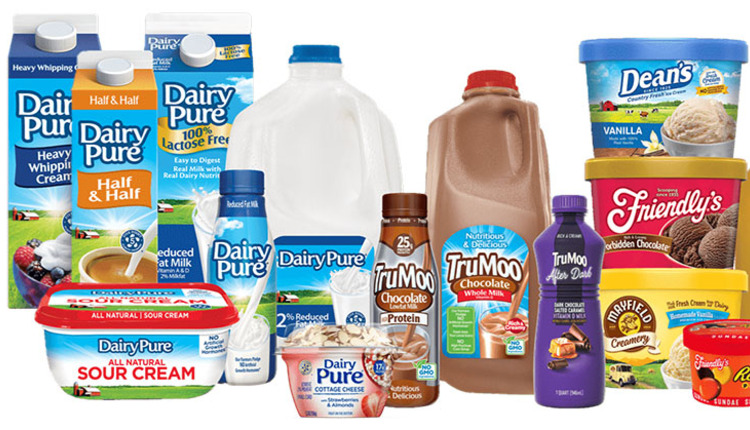
From initial reports, it appears the U.S. dairy sector didn't make many inroads to growing dairy product sales in the finalized Trans-Pacific Partnership (TPP) negotiations that just concluded in Atlanta, Ga. For the U.S., improved dairy trade with Brunei, Malaysia, Vietnam and Japan might be the only gain if all 12 nations eventually ratify the TPP.
As for Canadian dairy producers, they can take a deep sigh of relief, their quota system largely remains intact. There is a chapter in the TPP which only opens a small fraction of the Canadian market to foreign milk and cheese, reported The Wall Street Journal in its October 7, 2015, issue.
Among the 12 nations involved in the negotiations, the U.S. already had duty-free dairy export opportunities with one-third of the trading partners: Mexico (NAFTA), Chili (pre-existing trade pact), Singapore (pre-existing trade pact) and Australia (pre-existing trade pact).
According to USDA's Foreign Agricultural Service (FAS) website, the TPP, if approved by all 12 countries, would result in duty-free exports to a number of countries. But some of those would not realistically pay dividends.
Top on that list would be New Zealand, the world's largest dairy exporter. It would immediately lift all tariffs upon a ratified TPP. Another country falling into that camp is Brunei, which would also eliminate dairy tariffs on an inked deal.
After that, here's what the TPP could mean for the remaining half of the involved countries:
- Peru - Tariffs with U.S. dairy products would be eliminated by 2025 under an existing trade agreement.
- Malaysia - Tariffs, as high as 5 percent, would be eliminated on nearly all dairy products. Fluid milk tariffs would be eliminated in 15 years through quota.
- Vietnam - Tariffs, currently as high as 30 percent, would be eliminated within five years. (Vietnam is currently a top 12 trading partner with the U.S.)
Then there was the jostling between Japan, Canada and the U.S. It's Japan and Canada that have had sheltered dairy sectors, both with domestic quota systems.
According to the Foreign Agricultural Service, Japan will phase out tariffs on cheese and whey within 16 and 21 years, respectively. Quotas will still exist on whey, butter, milk powder, evaporated and condensed milk.
As for Canada, it will accept 3.25 percent of the country's annual dairy production as duty-free. According to The Wall Street Journal's October 5, 2015, issue, "To ease the adjustment, the Canadian government will compensate dairy and poultry farmers with $4.3 billion Canadian dollars ($3.3 billion U.S.) over 15 years."
According to the USDA-FAS, tariffs will be eliminated for whey and expanded access through duty-free, tariff-free quotas for cheese, fluid milk, butter, milk powders and other dairy products. Included in this mix, the language suggests that Canada will allow imports of fluid milk. However, at least 85 percent of that raw product must be processed in Canada. That would mean that the U.S. is likely the only country that will drive or ship fluid milk to Canada.
As for the U.S., tariffs for Malaysia, Vietnam and Japan are eliminated within 20 years. For Australia, Uncle Sam would eliminate tariffs on milk powder and nonfat dry milk from Australia and New Zealand within 20 to 30 years. There would be tariff-rate quota access for other dairy products for Australia, New Zealand and Canada, according to FAS.
"The TPP strengthens trade rules and provides new market access for U.S. agricultural exports to Japan, Malaysia, Vietnam, New Zealand and Brunei," stated FAS officials, without noting in this statement that there is no chance U.S. products would be exported to New Zealand.
"The whole point of trade is that not every country's responsibilities are the same," said Darci Vetter, the U.S. Trade Representative's chief agriculture negotiator, in comments made to Bloomberg Business. "Not everyone is focused on the same products. We have some wins here."
Download FAS's infographic on dairy.
As for beef exports, those negotiations were far simpler. Canada, Mexico, Brunei, Malaysia, New Zealand, Chile, Singapore and Australia already are duty-free or would be duty-free with a signed TPP.
As for the remaining four nations, according to FAS:
- Vietnam -Tariffs, currently as high as 34 percent, would be eliminated within three to eight years.
- Peru - Tariffs would be eliminated by 2020 under an existing trade agreement.
- Japan - Duties on 74 percent of tariff lines would be eliminated within 16 years. Reductions on remaining lines include 77 percent for fresh, chilled and frozen beef. Overall, the Japanese beef tariff will drop to 9 percent from 38.5 percent.
- U.S. - Tariffs as high as 26.4 percent would be eliminated within 15 years.
(c) Hoard's Dairyman Intel 2015
October 7, 2015
October 7, 2015

